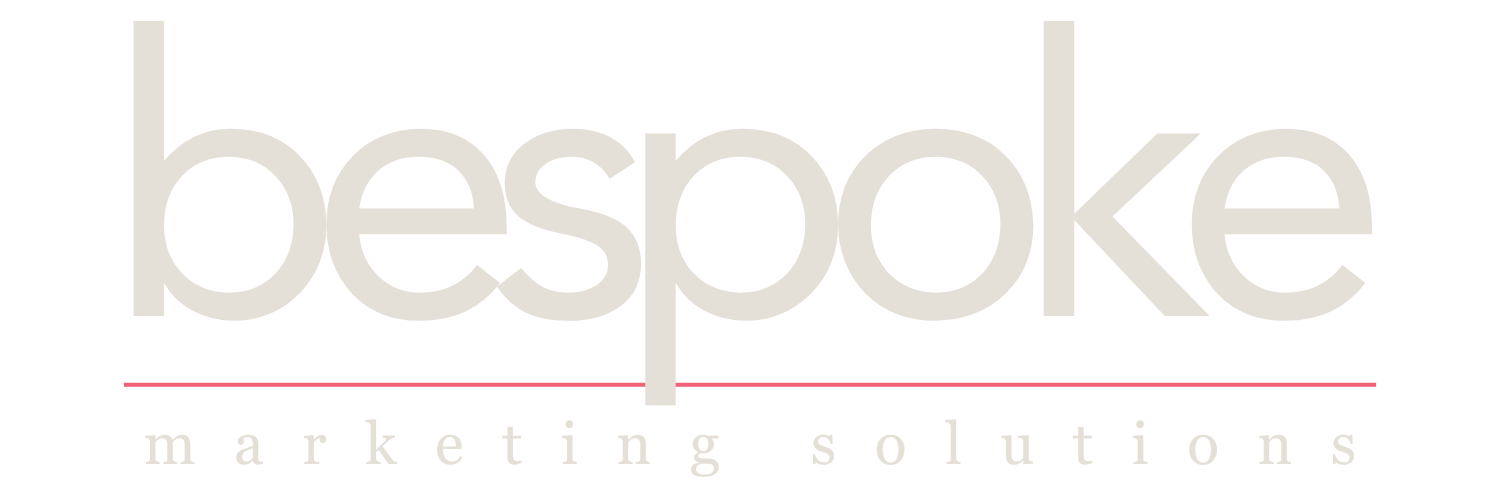
Pay-Per-Click (PPC) advertising can be a powerful way to drive targeted traffic, generate leads, and increase sales. But without a strategy, it’s easy to waste a budget on clicks that don’t convert.
Here’s a practical, step-by-step guide to help you run a successful PPC campaign, whether you’re starting from scratch or looking to improve performance.
Set Clear Goals
Before you do anything, ask yourself: What do I want to achieve with this campaign?
Your goal will shape everything from keyword choices to ad copy. Common PPC goals include:
- Increasing website traffic
- Generating leads or sign-ups
- Driving product sales
- Boosting brand awareness
Make your goal specific and measurable. For example, “generate 100 leads in 30 days with a £500 budget.”
Know Your Audience
To get results, you need to know who you’re targeting. Consider:
- Demographics (age, gender, location)
- Interests and online behaviour
- Pain points and motivations
Use tools like Google Analytics or customer personas to define your ideal audience. The more specific you are, the better your ads will perform.
Choose the Right Platform
Where is your audience hanging out?
- Google Ads: Ideal for high-intent searches (e.g.“best running shoes”)
- Meta Ads (Facebook & Instagram): Great for targeting specific interests and demographics
- LinkedIn Ads: Best for B2B and professional services
Choose the platform based on your goal and target audience.
Do Smart Keyword Research
If you’re running search ads, keywords are everything.
Use tools like:
- Google Keyword Planner
- SEMrush
Look for a balance of:
- High intent: Keywords that show buyer interest
- Low-to-medium competition: To avoid overspending
- Relevant to your offer: Avoid chasing traffic that won’t convert
Craft Compelling Ad Copy
You’ve only got a few seconds to grab attention, make it count!
- Speak directly to the problem your audience is facing
- Highlight benefits, not just features
- Include a clear call-to-action (e.g., “Get a Free Quote”, “Shop Now”, “Try for Free”)
Tip: Match your ad copy with the keywords you’re targeting for better relevance and quality score.
Design a High-Converting Landing Page
Clicks are great, but conversions matter more.
Make sure your landing page:
- Matches your ad’s message and offer
- Loads quickly and is mobile-friendly
- Has a clear call-to-action
- Builds trust (testimonials, security badges, guarantees)
Your landing page is where conversions happen. Don’t let a weak one waste your ad spend.
Track Everything
Install tracking tools like:
- Google Analytics
- Conversion tracking pixels
- UTM parameters
You can’t improve what you don’t measure. Track metrics like:
- Click-through rate (CTR)
- Cost per click (CPC)
- Conversion rate
- Return on ad spend (ROAS)
Test, Tweak and Optimise
The first version of your campaign likely won’t be the best. A/B test elements like:
- Ad copy and headlines
- Images or video creatives
- Landing page layouts
- Bidding strategies
Use the data to continuously refine your campaign for better results.
Final Thoughts
With clear goals, strong targeting, compelling messaging, and ongoing optimisation, PPC can become one of your most powerful marketing tools.
Ready to launch? Start small, test often, and let the data guide your next move.
